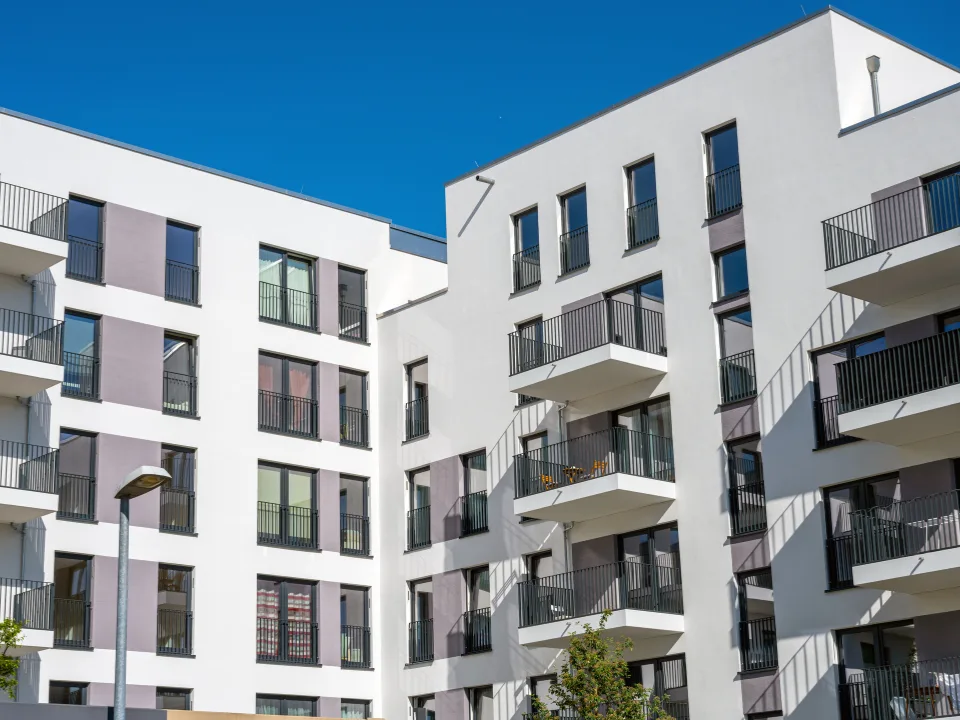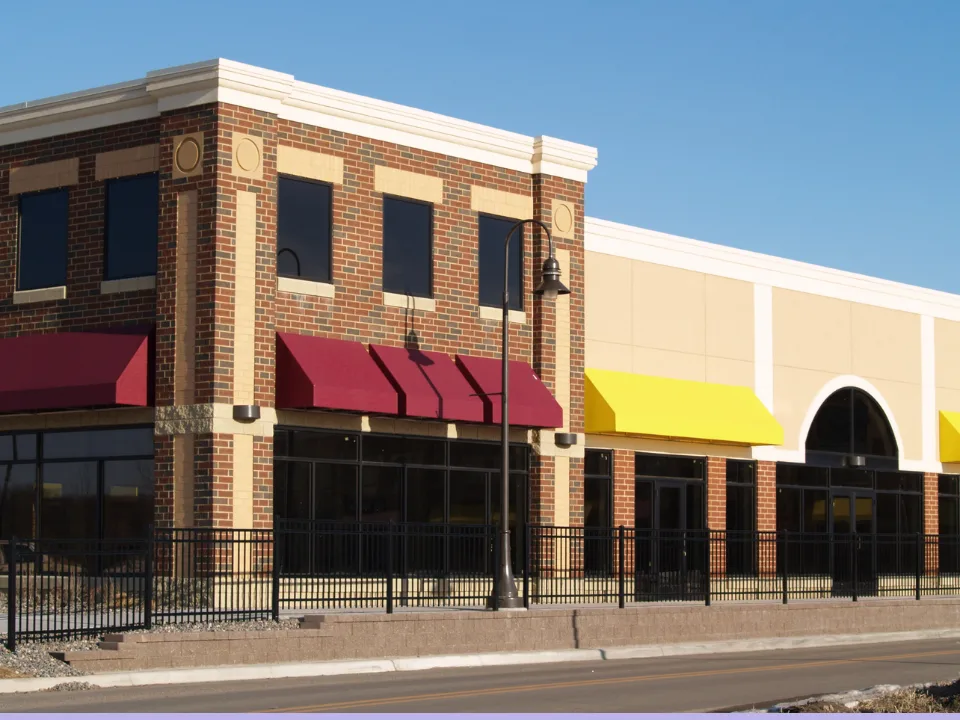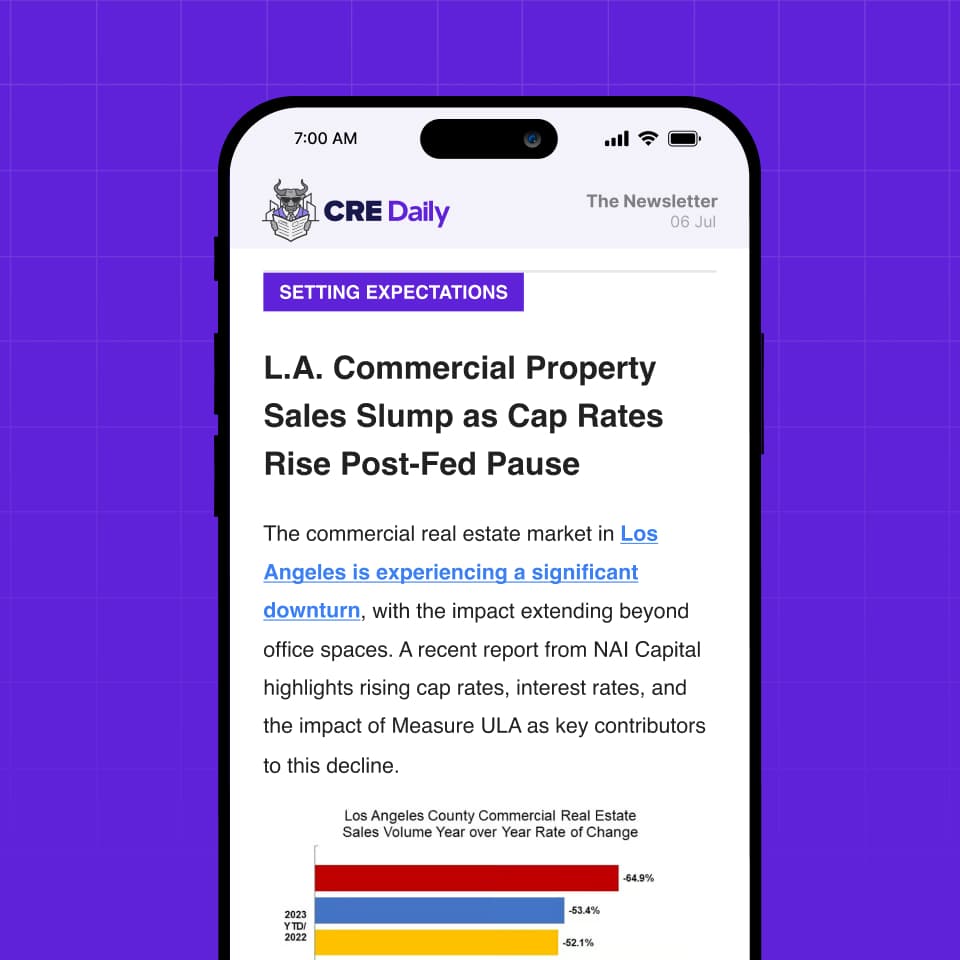- Interest rates and income growth concerns are expected to dampen multifamily dealmaking in 2025, with transaction values holding steady compared to 2023.
- Investors’ primary focus remains on the Sunbelt and Mountain West markets, but high interest rates complicate refinancing strategies.
- Rising multifamily delinquencies, particularly in commercial mortgage-backed securities (CMBS), may lead to more distressed asset sales in the next 12–18 months.
- CMBS and debt funds are likely to remain active in refinancing and purchasing loan portfolios, despite challenges in the broader CRE sector.
A recent report from Yardi Matrix highlights key challenges facing the multifamily sector in 2025. Rising interest rates and a surge of new housing units are expected to restrain transaction volumes.
Despite these headwinds, more multifamily delinquencies are likely to create plenty of opportunities for savvy investors seeking to acquire distressed assets, per GlobeSt.
Slower Deal-Making
While there was a brief uptick in multifamily deals when interest rates fell in 2024, the recovery was short-lived as rates increased again, leading to a stagnation in dealmaking.
Total deal value in 2024 remained flat at $62.7B compared to 2023. As Treasury rates are unlikely to drop significantly in 2025, expectations are that deal volumes will remain constrained.
The report points out that interest rates are complicating refinancing strategies for many property owners. With the expiration of significant numbers of multifamily loans—an estimated $213B due to mature in 2025—investors and owners still face plenty of uncertainty.
The sharp rise in refinancing will likely drive up lending volumes, but refinancing will also remain a challenge as higher rates persist.
Get Smarter about what matters in CRE
Stay ahead of trends in commercial real estate with CRE Daily – the free newsletter delivering everything you need to start your day in just 5-minutes
Sunny SunBelt Living
Despite these challenges, investors continue to favor multifamily properties in fast-growing markets, particularly in the Sunbelt and Mountain West regions.
Cities like Denver, Dallas, Phoenix, and Atlanta continue to see the highest levels of transaction activity. These markets are expected to experience stronger rent growth in 2026 and beyond, prompting wealthy investors to pursue bulk acquisitions.
However, high interest rates are weighing on short-term profitability, especially in markets where rental income growth has not kept pace with rising financing costs. Investors are taking a cautious approach as they wait for clearer signals about income stability and long-term growth prospects.
Rising Delinquencies, New Opportunities
The multifamily sector has so far avoided significant distress, but the report notes that the special servicing rate has climbed to 6.2%, indicating a growing number of troubled loans.
In particular, delinquency rates for commercial mortgage-backed securities (CMBS) have risen to 3.2%, a concerning trend for the market. While delinquencies remain manageable, they’re expected to rise even more in 2025.
This could present opportunities for investors to acquire distressed assets at discounted prices over the next 12–18 months. Investors with a keen eye for distressed deals may be able to capitalize on rising loan defaults in the near future.
CMBS Lending Active
Debt funds, despite still managing loans originated in 2021, are continuing to issue significant amounts of collateralized loan obligations (CLOs), amounting to $8.7B through early December 2024.
These funds are expected to remain active in originating mezzanine debt and purchasing loan portfolios from banks as part of their strategy to maintain market presence and liquidity.
CMBS lenders are also poised to remain active in 2025. With the flexibility to adjust loan structures quickly and an ability to offer competitive rates, issuers are well-positioned to continue supporting the multifamily market, particularly in single-asset, single-borrower transactions.
Fannie, Freddie Challenges
Freddie Mac (FMCC) and Fannie Mae (FNMA) faced their own challenges in 2024, issuing $44B in structured securitizations—well below the $131.4B seen in 2021.
Both agencies allocated more resources to affordable housing and green projects, but questions surrounding their future under the Trump administration could complicate their role in multifamily financing in the future.
Outlook For 2025
The multifamily market remains a favored investment class due to its relative stability and long-term income growth potential.
However, short-term concerns—rising interest rates, sluggish rent growth, and uncertainty surrounding refinancing—are expected to keep investors cautious through the first half of 2025.
Rising delinquencies, though, could present opportunities for those willing to navigate a potentially more turbulent market and buy distressed assets at attractive prices.

















